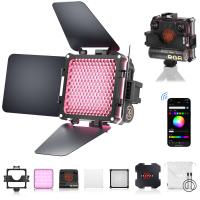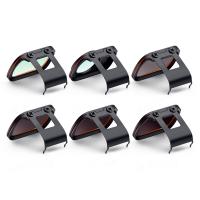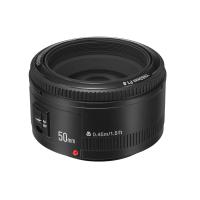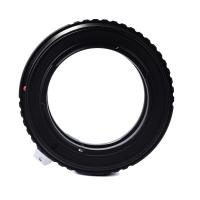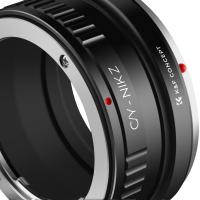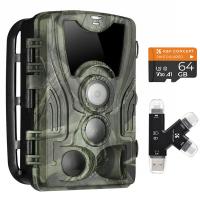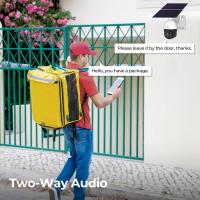Sony Camcorder How To Connect Lavalier Microphone ?
To connect a lavalier microphone to a Sony camcorder, you will need to use the microphone input jack on the camcorder. First, locate the microphone input jack on your Sony camcorder. It is usually located on the side or back of the camcorder and is labeled with a microphone icon.
Next, plug the lavalier microphone into the microphone input jack on the camcorder. Make sure the microphone is securely plugged in and that the connector is fully inserted into the jack.
Once the microphone is connected, turn on the camcorder and test the audio levels to ensure that the microphone is working properly. You may need to adjust the audio settings on the camcorder to optimize the sound quality.
It is also important to position the lavalier microphone correctly for optimal sound quality. The microphone should be placed close to the speaker's mouth, but not too close that it causes distortion or unwanted noise.
1、 Types of Lavalier Microphones
Sony Camcorder How to Connect Lavalier Microphone:
To connect a lavalier microphone to a Sony camcorder, you will need to follow these steps:
1. Locate the microphone input jack on your Sony camcorder. This is usually located on the side or back of the camera.
2. Plug the lavalier microphone into the microphone input jack. Make sure the microphone is securely plugged in.
3. Turn on your Sony camcorder and test the microphone to make sure it is working properly.
4. Adjust the microphone settings on your Sony camcorder to ensure that the audio is clear and balanced.
Types of Lavalier Microphones:
There are several types of lavalier microphones available on the market today. Here are some of the most common types:
1. Wired Lavalier Microphones: These microphones are connected to the recording device via a cable. They are often used in television and film production.
2. Wireless Lavalier Microphones: These microphones use a wireless transmitter to send audio signals to the recording device. They are often used in live events and presentations.
3. USB Lavalier Microphones: These microphones connect directly to a computer or other recording device via a USB port. They are often used for podcasting and other online content creation.
4. Bluetooth Lavalier Microphones: These microphones connect to a recording device via Bluetooth technology. They are often used for mobile recording and video conferencing.
In conclusion, connecting a lavalier microphone to a Sony camcorder is a simple process that can greatly improve the audio quality of your recordings. When choosing a lavalier microphone, consider the type of recording you will be doing and choose a microphone that is appropriate for your needs.
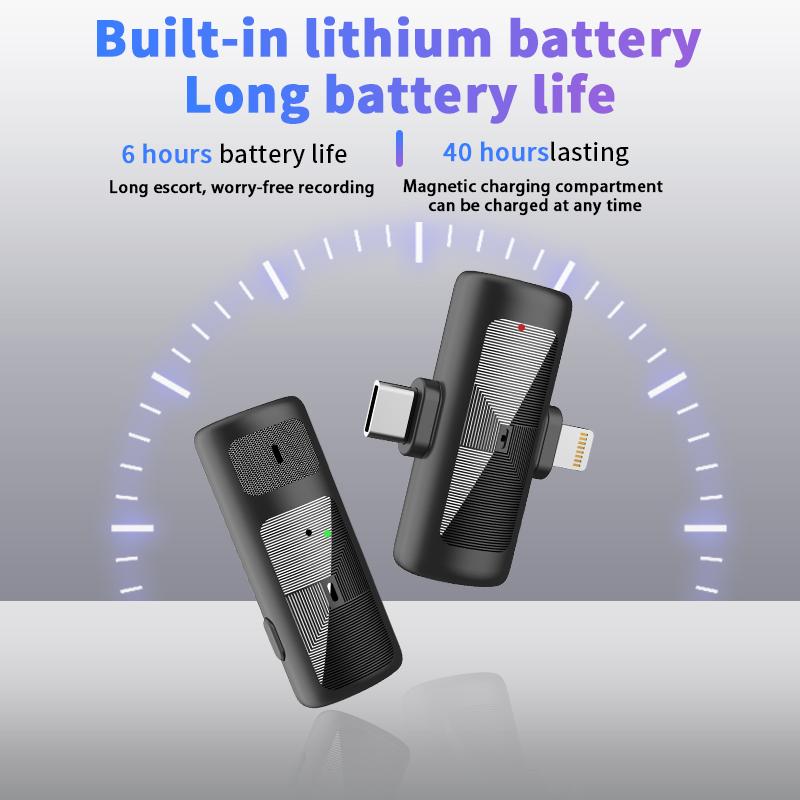
2、 Connecting a Lavalier Microphone to a Sony Camcorder
Connecting a Lavalier Microphone to a Sony Camcorder is a simple process that can greatly enhance the audio quality of your videos. The first step is to ensure that your Sony Camcorder has a microphone input jack. Most Sony Camcorders have a 3.5mm microphone input jack, which is compatible with most lavalier microphones.
Once you have confirmed that your Sony Camcorder has a microphone input jack, you will need to connect the lavalier microphone to the camcorder. To do this, plug the lavalier microphone into the microphone input jack on the camcorder. Make sure that the microphone is securely plugged in and that the connection is tight.
Next, turn on your Sony Camcorder and test the audio levels. You may need to adjust the audio levels on the camcorder to ensure that the audio is clear and not distorted. You can do this by accessing the audio settings on your Sony Camcorder and adjusting the levels accordingly.
It is important to note that not all lavalier microphones are created equal. Some microphones may require additional equipment, such as a preamp or an adapter, to work with your Sony Camcorder. It is important to research the specific lavalier microphone that you plan to use and ensure that it is compatible with your Sony Camcorder.
In conclusion, connecting a lavalier microphone to a Sony Camcorder is a simple process that can greatly improve the audio quality of your videos. By following these steps and ensuring that your microphone is compatible with your camcorder, you can capture clear and high-quality audio for your videos.
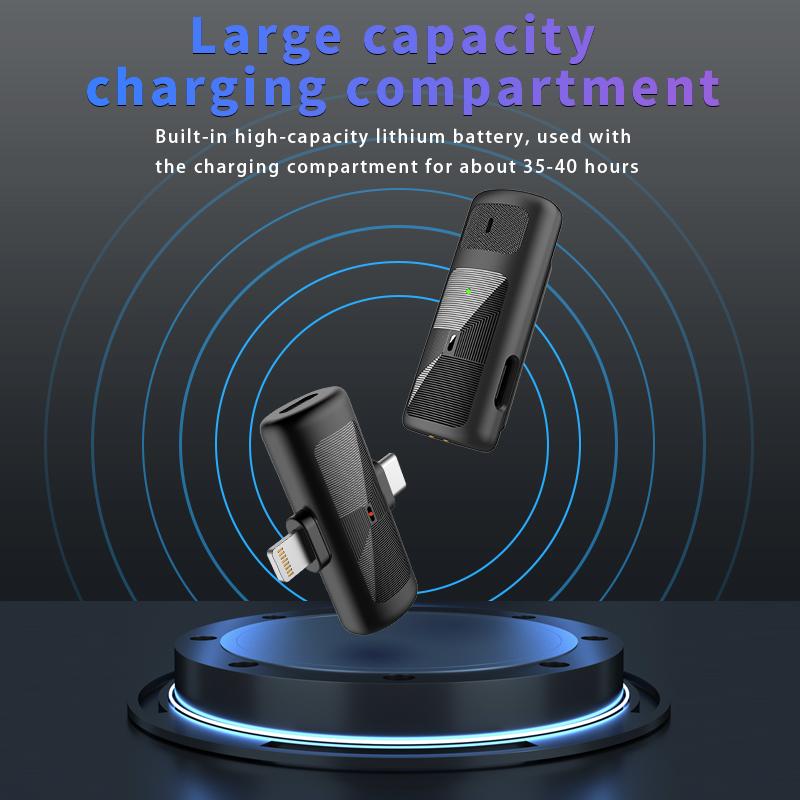
3、 Adjusting Audio Levels on a Sony Camcorder
Sony Camcorder: How to Connect Lavalier Microphone
Connecting a lavalier microphone to a Sony camcorder is a simple process that can greatly improve the audio quality of your videos. Here are the steps to follow:
1. Locate the microphone input jack on your Sony camcorder. This is usually located on the side or back of the camera and is labeled with a microphone icon.
2. Plug the lavalier microphone into the microphone input jack. Make sure the microphone is securely plugged in and the connection is tight.
3. Turn on your Sony camcorder and navigate to the audio settings. This can usually be found in the menu or settings section of the camera.
4. Select the external microphone option and adjust the audio levels as needed. This will ensure that the audio from the lavalier microphone is being recorded and that the levels are balanced with the video.
5. Test the audio by recording a short clip and playing it back. Adjust the levels as needed until you are satisfied with the audio quality.
Adjusting Audio Levels on a Sony Camcorder
Once you have connected your lavalier microphone to your Sony camcorder, it is important to adjust the audio levels to ensure that the sound is clear and balanced. Here are some tips for adjusting audio levels on a Sony camcorder:
1. Use headphones to monitor the audio while recording. This will allow you to hear any background noise or distortion and adjust the levels accordingly.
2. Adjust the audio levels manually rather than relying on automatic settings. This will give you more control over the sound and allow you to adjust for different environments and situations.
3. Use a windscreen or pop filter to reduce wind noise and popping sounds. This can greatly improve the clarity of the audio.
4. Consider using an external audio recorder for even better sound quality. This will allow you to record audio separately from the video and sync it up later in post-production.
Overall, connecting a lavalier microphone to a Sony camcorder and adjusting the audio levels can greatly improve the quality of your videos. With a little practice and experimentation, you can achieve professional-level audio that will enhance your videos and engage your audience.
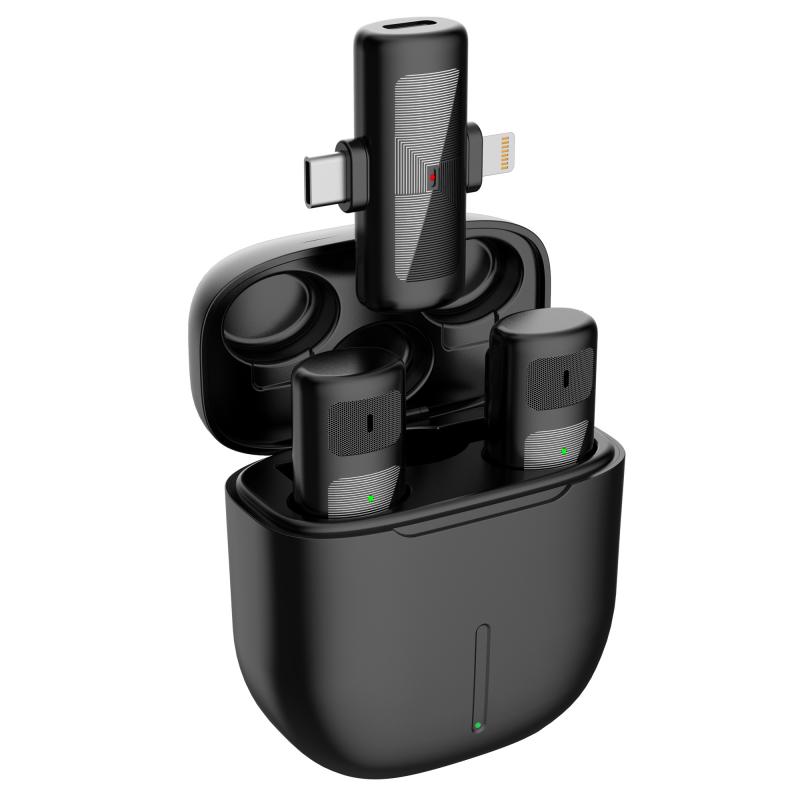
4、 Troubleshooting Audio Issues with Lavalier Microphones
Sony Camcorder How to Connect Lavalier Microphone:
To connect a lavalier microphone to a Sony camcorder, you will need to use an external microphone adapter. The adapter will plug into the camcorder's microphone input and provide a 3.5mm jack for the lavalier microphone. Once the adapter is connected, you can plug in the lavalier microphone and start recording.
Troubleshooting Audio Issues with Lavalier Microphones:
Lavalier microphones are a popular choice for recording audio in a variety of settings, but they can also present some challenges. Here are some common issues and troubleshooting tips:
1. Low Volume: If the audio recorded with a lavalier microphone is too quiet, try adjusting the microphone's sensitivity or gain settings. You can also try moving the microphone closer to the sound source.
2. Background Noise: Lavalier microphones can pick up unwanted background noise, such as wind or rustling clothing. To reduce this noise, try using a windscreen or placing the microphone in a different location.
3. Interference: Lavalier microphones can sometimes pick up interference from other electronic devices. To avoid this, try moving the microphone away from other devices or using a shielded cable.
4. Distortion: If the audio recorded with a lavalier microphone is distorted or clipped, try reducing the microphone's sensitivity or gain settings. You can also try moving the microphone further away from the sound source.
Overall, lavalier microphones can be a great tool for recording audio, but it's important to understand their limitations and how to troubleshoot common issues.
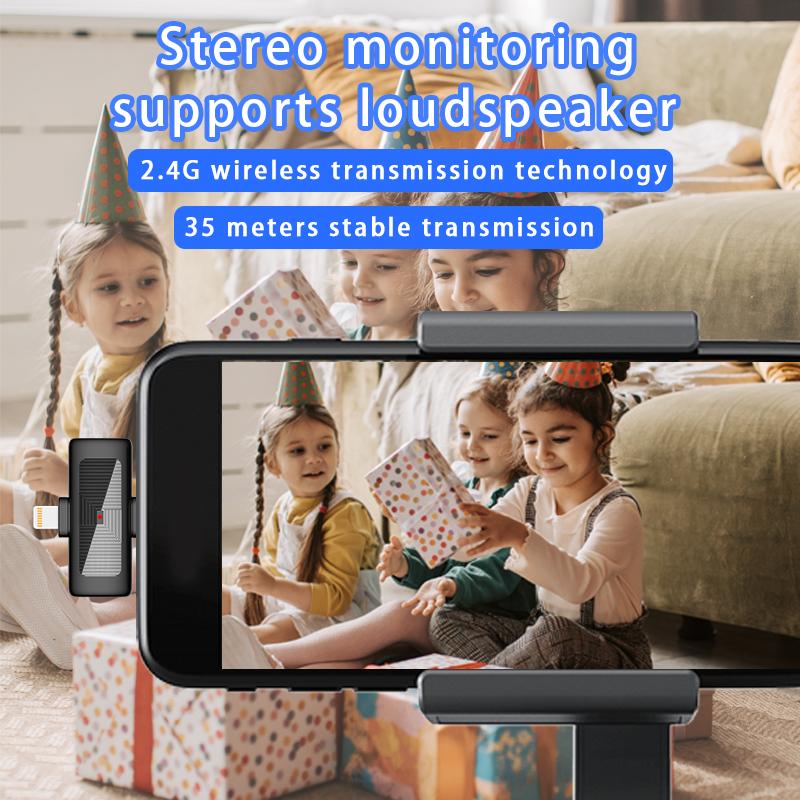

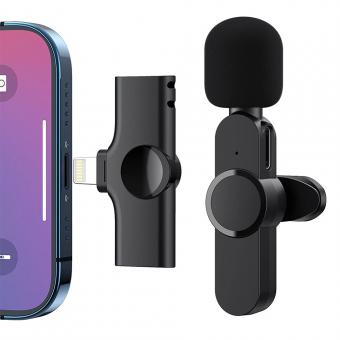


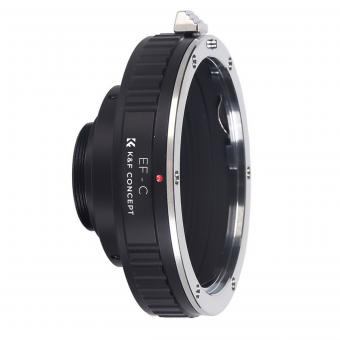
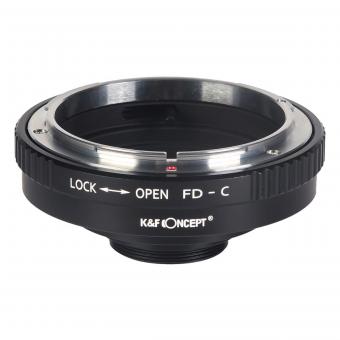
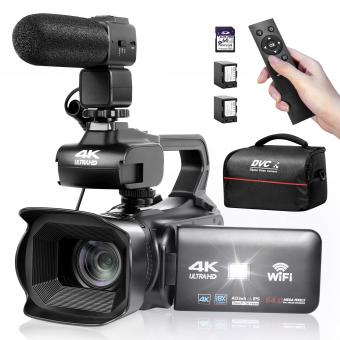

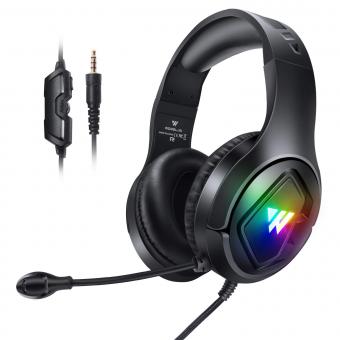
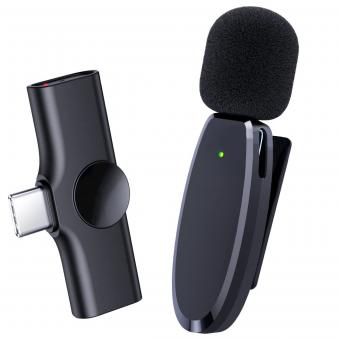
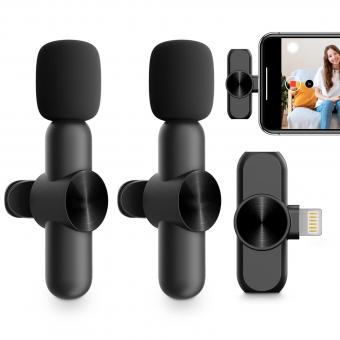

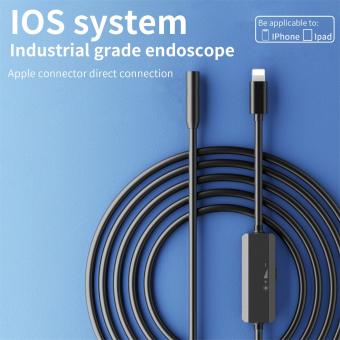



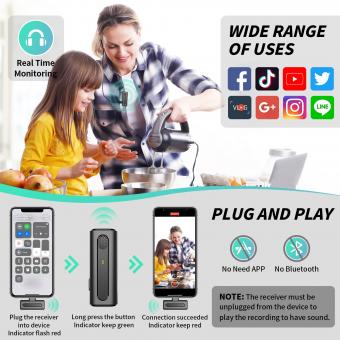
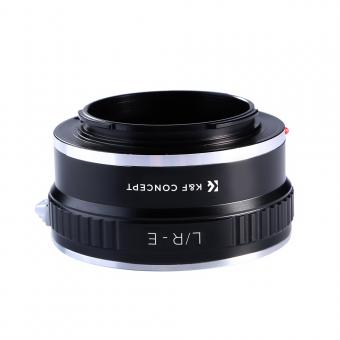
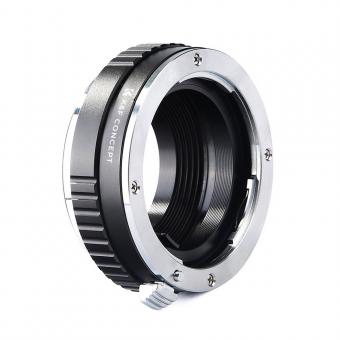


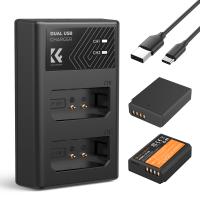



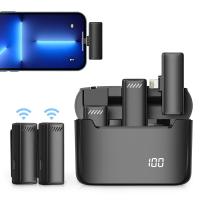
![Carbon Monoxide Detectors Portable Temperature Detector/Humidity Sensor/Air Quality Meter Smoke CO Gas Monitor [3 in 1] Alarm Carbon Monoxide Detectors Portable Temperature Detector/Humidity Sensor/Air Quality Meter Smoke CO Gas Monitor [3 in 1] Alarm](https://img.kentfaith.de/cache/catalog/products/de/GW40.0007/GW40.0007-1-200x200.jpg)
